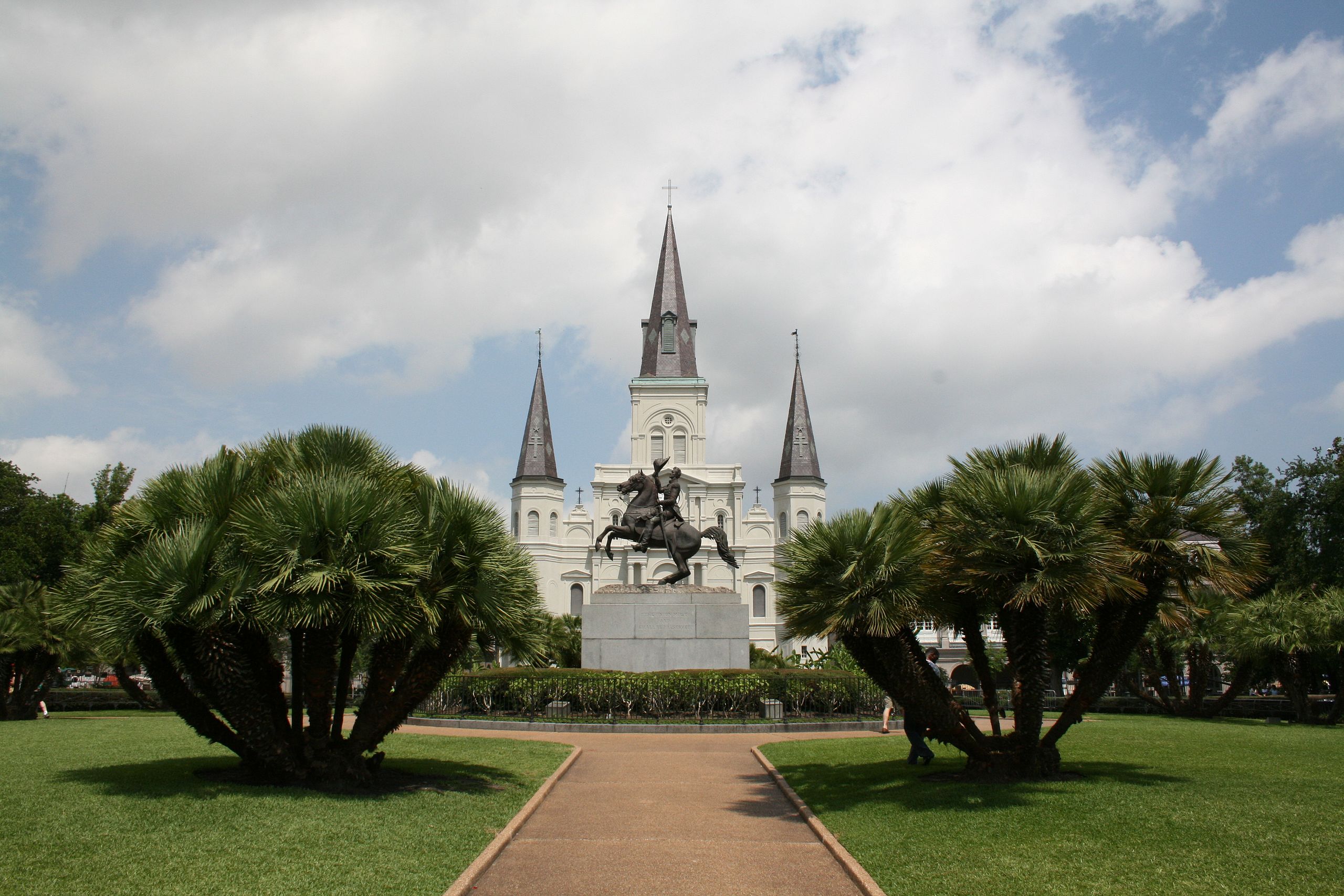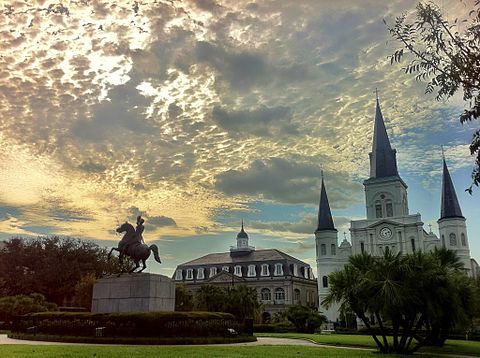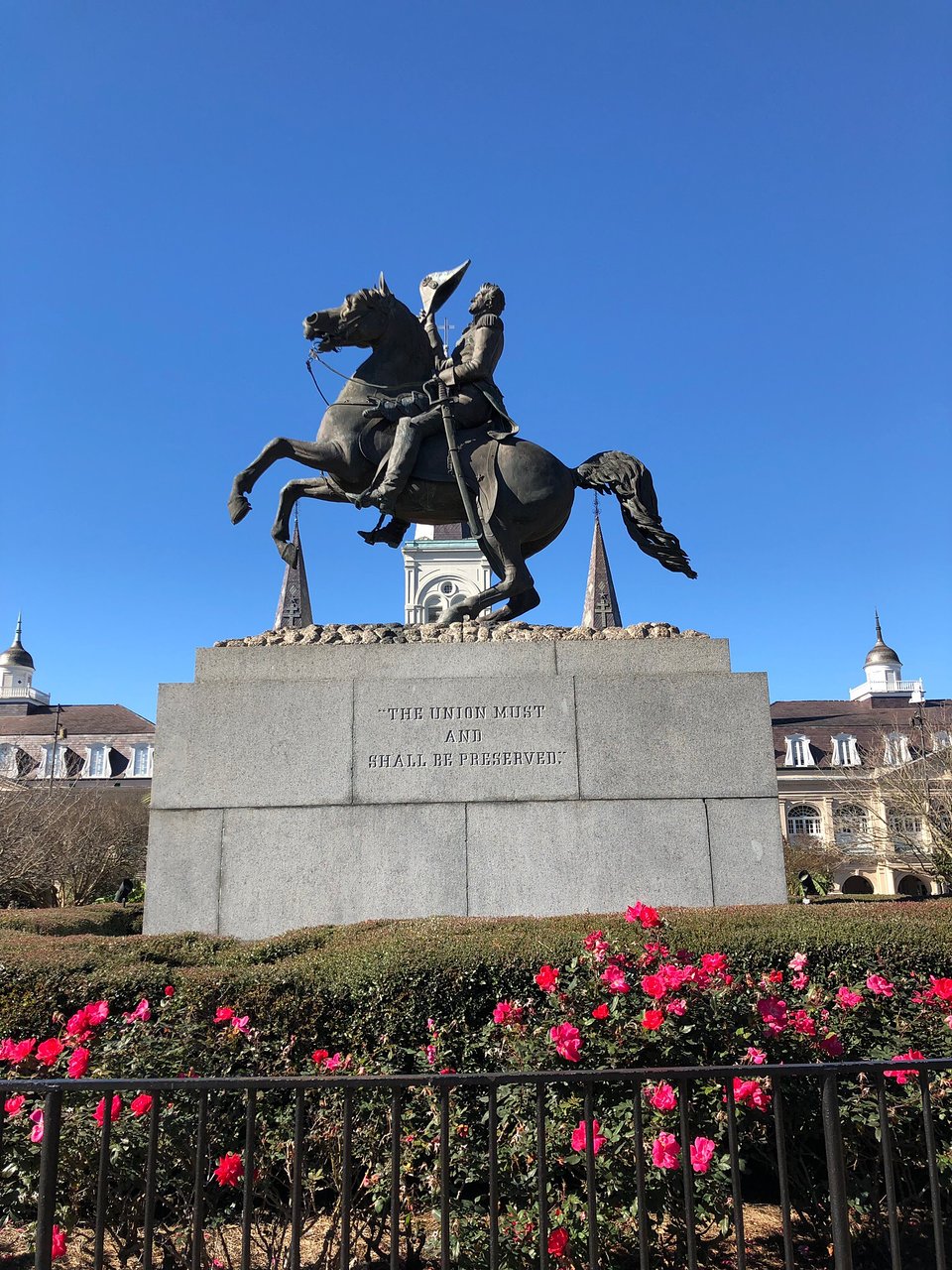- CountryUS
- Town:LA New Orleans
-
Year of creation:1856
- Rider(s):Jackson, Andrew
(1767–1845) was the seventh President of the United States from 1829 to 1837. Based in frontier Tennessee, Jackson was a politician and army general, and a hero of the war of 1812, a military conflict between the US and the British Empire and their Indian allies. Jackson defeated the Creek Indians at the Battle of Horseshoe Bend (1814), and the British at the Battle of New Orleans (1815). He became a wealthy slaveholder, known for his toughness and aggressive personality. He fought politically against what he denounced as a closed, undemocratic aristocracy, adding to his appeal to common citizens.
As president, Jackson supported a small and limited federal government. He strengthened the power of the presidency, which he saw as the mouthpiece for the entire population. He is acknowledged for his protection of popular democracy and individual liberty for US citizens, and criticized for his support of slavery and his role in the forced relocation of thousands of Native Americans. Jackson was apparently a favourite of the former president Trump, as he had a small copy of this statue in the Oval Office.
- Sculptor(s):Mills, Clark
(1810 – 1883) was an American sculptor, best known for three versions of an equestrian statue of Andrew Jackson, located in Washington, D.C., Nashville, Tennessee, and New Orleans, Louisiana
- Original in:Washington DC, US
The honour of creating the first equestrian statue in the world of a monumental size, featuring a rearing horse – and not using its tail or anything else as a support – goes to Clark Mills, who created the statue of Jackson. It may be said that the Jackson statue lacks the size necessary to give it impressiveness (the statue is often referred to as ‘the hobbyhorse’), but the achievement of Mills was admirable, as he was a wholly self-taught artist who had never even seen an equestrian statue before he started this one. The larger statues of Karl von Österreich-Teschen in Vienna by Fernkorn and of Nicholas I in St Petersburg would be unveiled seven years later.
Photos by Aashish Lamichhane and Diego Delso










